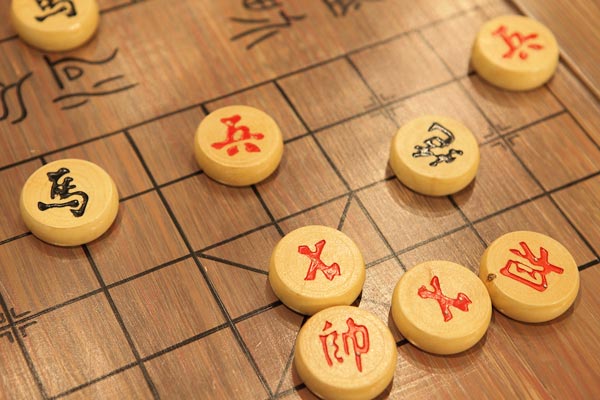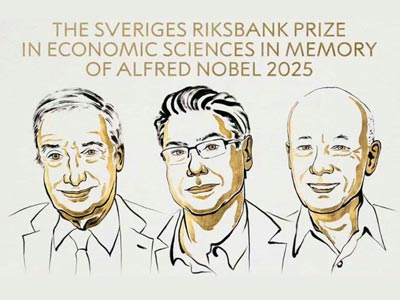TCM Life and Disease Cognition Method, one of the traditional Chinese medicines. TCM's cognition of life and disease is a kind of medical knowledge based on the traditional culture of the Chinese nation to understand the life phenomena and disease laws of the human body. TCM life and disease knowledge mainly includes yin and yang, five elements, zang-xiang, meridians, diseases and symptoms, etiology and pathogenesis, syndrome differentiation, treatment principles and methods, five movements and six qi, etc.

Intangible Cultural Heritage Features
TCM life and disease knowledge mainly includes yin and yang, five elements, zang-xiang, meridians, etiology and pathogenesis, syndrome differentiation, treatment principles and methods, five movements and six qi, etc.
· Yin and Yang
TCM uses the concept of the unity of opposites of yin and yang to explain the life activities of the human body and the interdependent relationship between man and the external environment such as nature and society. The balance of yin and yang is the basis for maintaining and ensuring the life activities of the human body. The imbalance of yin and yang leads to changes in diseases.
· Five Elements
Traditional Chinese medicine uses the theory of the Five Elements to explain the connection between the human body and nature, the various parts of the human body, and the mechanism of disease occurrence and development, and to guide the treatment of diseases.
· Zang Xiang
Zang Xiang is an important life phenomenon of the human body, mainly including the five zang organs, six fu organs, extraordinary fu organs, as well as the physiological functions and pathological changes of essence, qi, blood, and body fluids.
· Meridians
Meridians are channels for the circulation of qi and blood in the human body, and have the function of connecting the whole body. The meridian system includes the twelve meridians, the eight extraordinary meridians, and the collaterals, which are the basis of TCM diagnosis and treatment of diseases, and are also an important theoretical basis for therapies such as acupuncture and massage.
· Etiology and pathogenesis
Etiology is a theory that studies the causes and conditions of disease occurrence, including the six exogenous pathogens, the seven internal injuries, and diet and fatigue. The pathogenesis theory is a theory that studies the laws of disease occurrence and development.
· Syndrome differentiation
Syndrome differentiation and treatment is to use methods such as observation, auscultation, questioning, and palpation to diagnose diseases, analyze and synthesize the diagnosis results to draw conclusions, and establish treatment principles.
· Treatment principles and methods
Treatment principles and methods are the basic principles and methods that must be followed in treating diseases. They are the treatment rules summarized by traditional Chinese medicine in long-term clinical practice. They mainly include adjusting yin and yang, strengthening the body and eliminating evil, treating the symptoms and the root causes, and taking measures according to the person, time and place.
· Five Movements and Six Qi
The Five Movements and Six Qi are systematic knowledge that studies and explores the impact of astronomical, meteorological and phenological changes in nature on human health and disease.

Inheritance value
Traditional Chinese medicine takes "Chinese medicine life and disease cognition methods" as an important content, expands and deepens the connotation of "intangible cultural heritage", and best reflects the spirit and soul of "intangible cultural heritage". It is the general outline of the intangible cultural heritage of traditional medicine.

The cognition of Chinese medicine life and disease is the core of Chinese medical knowledge, and plays a guiding role in all aspects of Chinese medicine health preservation, diagnosis, treatment, prescriptions, Chinese medicine, acupuncture and clinical practice.




